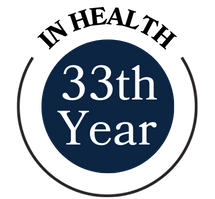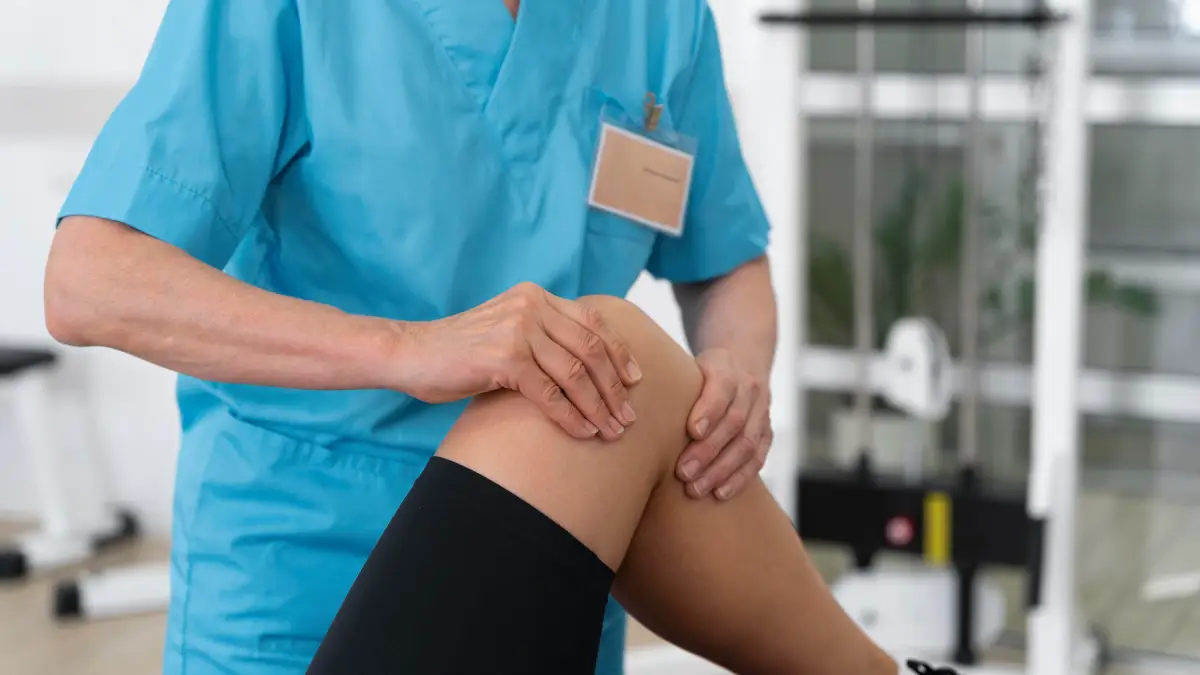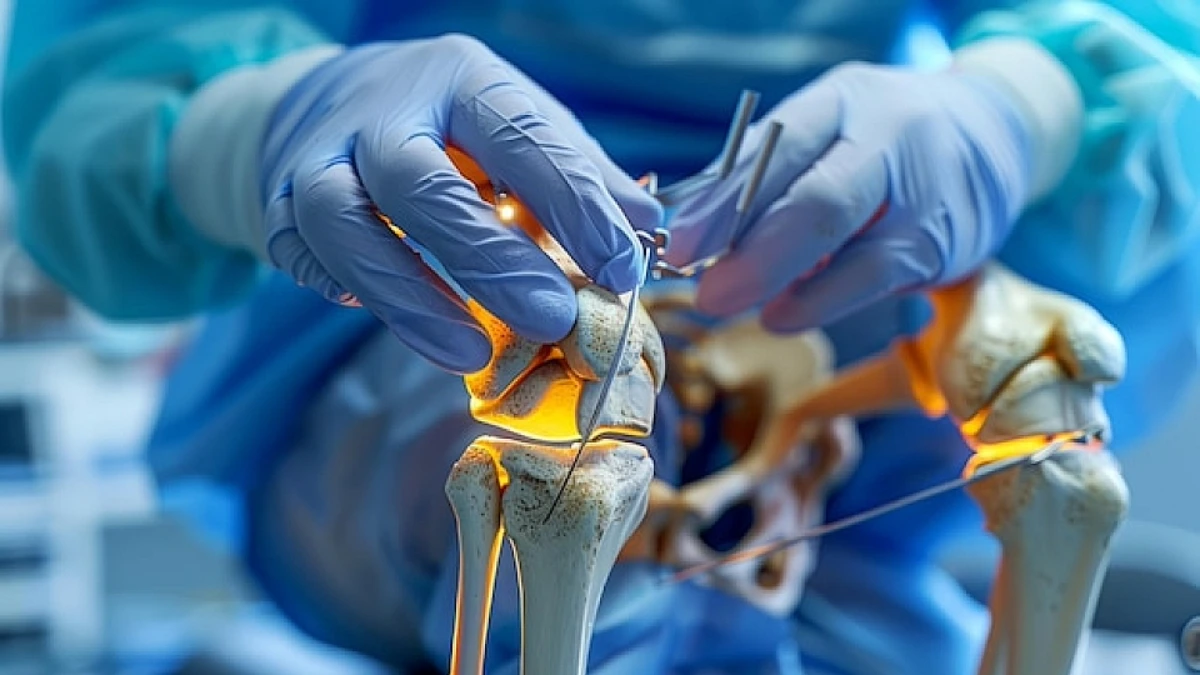For extra fat and saggy skin reduction of the neck, a neck lift (platysmaplasty) is performed along with a facelift.

Facelift Types
A plastic surgeon will adjust their methods during the surgery to best suit the needs of each patient.
Mini Facelift
A relatively small incision and much less removal of deeper tissues describe a mini facelift, a variation on the standard procedure. This method is less invasive. Depending on the situation, it can be performed with sedation or under general anaesthesia. Patients with mild jowling and loose skin are good candidates for this procedure.
Mid Facelift
The cheek area of the face is considered during a mid-facelift procedure. Your cheek’s fat is rearranged, and the skin around your cheek is tightened.
Standard Facelift
A standard facelift identifies medium to advanced ageing in the midface and neck. Whereas the surgery is far more extensive and needs more time for recovery, its effect is more significant.
Thread Lift
It is a procedure that is less invasive than facelift surgery. Thread lift tightens skin by entering a medical thread into the face and pulling the thread to “lift” your skin up.
Suitable Candidates for Facelift
People with good health do not have any medical problems that could inhibit the healing process or recovery.
Individuals who do not smoke or use substances
Those who are prepared for the surgery and have reasonable expectations
How is it Performed?
The method used by a cosmetic surgeon during a facelift is determined by many factors, such as the patient’s anatomical structure and personal goals, the level of the facelift, and if another operation is being done during the same period. Following the primary cuts above the hairline to down in front of the ear, under the earlobe, and under the chin, the skin is separated from the connective tissue beneath the muscles. This allows the surgeon to readjust the facial tissues, remove sagging, and create a firm foundation for the skin. The excess skin is then removed, and the remaining tissue is gently repositioned over the rejuvenated tissues, resulting in younger-looking skin. The procedure can last between two and five hours, and the patient can return home the same day as the surgery.
Recovery
A facelift requires 2 to 4 weeks to recover fully. For at least two weeks, bruising is noticeable. To fully appreciate the results of the procedure, you need 6 to 9 months.
Around a week later, The stitches are taken out unless you had stitches that would dissolve. The redness, scars, and bruises should fade away after a few weeks. The full impact will be visible after about 6 to 9 months.
Side Effects
It is typical to experience puffiness and bruising of the cheeks that lasts for a few weeks or months. Also, the scars that fade, but a raised hairline or sideburn will still be visible.
How Long Does a Facelift Last?
Your face and neck may look younger after a facelift but the results are temporary. The skin could droop once more as we age. Overall, it might last ten years.
Cost of a Facelift
The cost of the facelift procedure varies because each case is unique, which means that the method of treatment and time would have an impact on the price range. Our prices cover the cost of the procedure as well as weekly check-ups, professional medical advice, transportation, a hotel discount, translation services, and other costs. Fill out the form at Avicenna Plastic and Reconstructive surgery centre to request costs and the most recent information, and a member of our patient representative team will get in touch with you.







